Are you looking to start your very own natural farm? Then, this guide is for you.
A natural farm can provide your family and customers with nutritious food, endless fuel, and fiber for years.
However, since natural systems can take a while to establish themselves, it makes sense to get the basics right from the start.
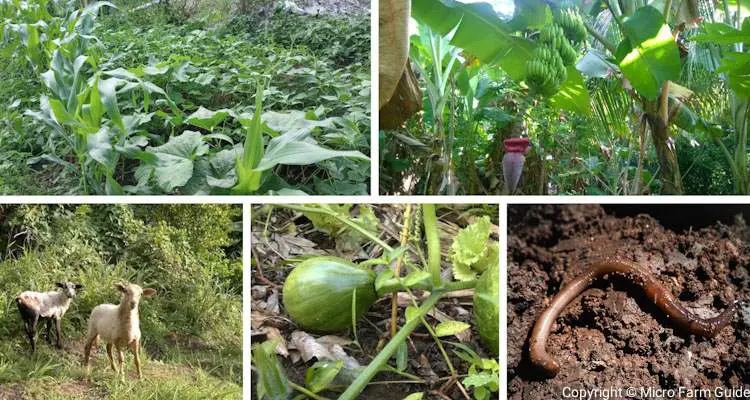
With this in mind, let’s take a look at a simple step-by-step method you can use to set up your natural farm, even if you’re on a tight budget.
But before we get started, we need to ensure that we’re on the same page concerning:
What We Really Mean By “Natural Farm”
Generally, a Natural Farm is one where food is grown without synthetic chemicals, tilling, or other harmful farming practices.
Depending on the chosen method, it can vary in size and often develops into Agroforestry or Integrated Farming Systems.
However, regardless of their appearance, natural farms intend to generate an income while restoring habitats and safeguarding the environment.
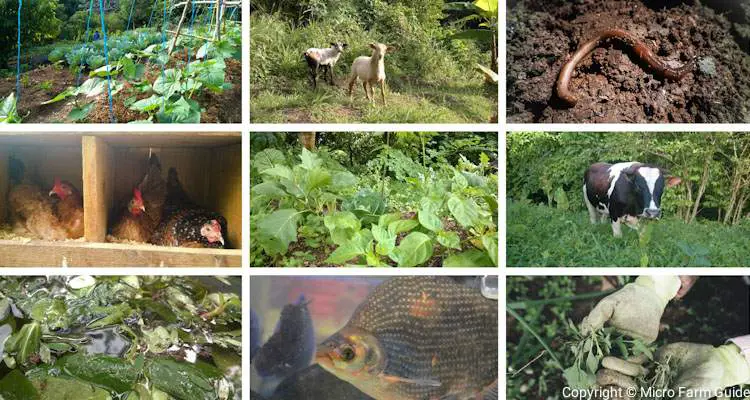
As a result, you’ll need to research the needed documents and licenses required to operate a farming business in your area. You can find out more about the business aspect of farming in our article: How To Start A Micro Farm…
Once you’ve done your due diligence, it’s time to move on to the first step.
1. Choosing the Right Location
The first step to a thriving natural farm is finding a suitable location for your project.
Ideally, you want a flat or gently sloping land, well-drained and fertile, with access to at least 6 hours of sunlight daily.
It should be close to a water source, natural if possible, with easy access to the property.
However, don’t worry if you already have access to land, which isn’t ideal. You will simply have to choose a natural farming system to suit it.
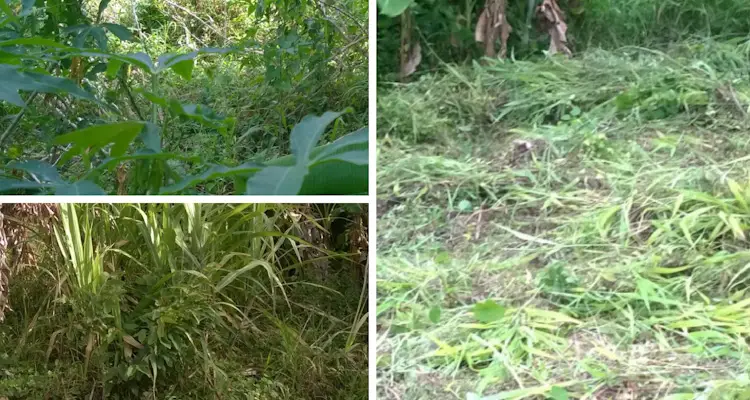
You should also consider conducting a soil microbiology test to confirm the microbial activity.This test is optional but can save you several months of trial and error.
Once you have an idea of the land, you should do some additional research before you:
2. Decide On A Natural Farming Method
Before diving in and planting, you should choose one of the many natural farming systems. This will help guide you along, laying out what you must do at every step.
But most importantly, gives you a common ground to ask for assistance within their respective communities.
There are several natural farming methods to choose from. However, the three most popular are:
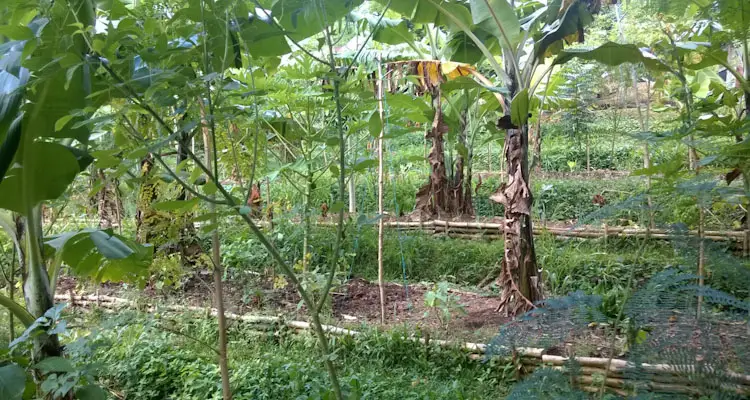
Of course, other farming systems, such as Syntropic Farming, have non-chemical, low-disturbance approaches.
However, these are classified under Agroforestry but work pretty well as natural farms.
3. Preparing Your Soil
Now, it’s time to prepare the soil, but not in the traditional sense. Your aim is to cause as little disturbance to the environment as possible.
Before we begin, we need to gather some essential tools and materials. In most cases, you’ll only need a machete (cutlass), a hoe, and possibly a garden fork.
If you choose to clear the land, only remove what is absolutely necessary. Remember, we do not want to disturb the life in the soil, so no tilling.
Use the plant material you cut as mulch to keep the soil covered. You can keep layering organic material over the ground while preparing to plant.
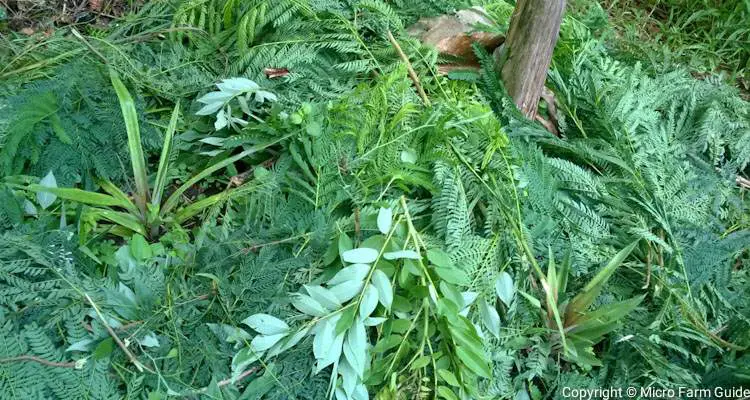
This layer of organic material will protect the soil and gradually break down, improving the structure and fertility of the soil.
Feel free to prune native trees to allow light into the area, but please do not uproot tree stumps or attempt to “clean” the debris.
These help to create suitable conditions for microorganisms in the soil. You can allow them to do their work while you focus on:
4. Selecting Your Crops
Now it’s time to choose the crops on your farm. You can start by selecting plants you like, but your goal should be diversity.
Ideally, you should pick varieties of your main crops that are easy to grow and are well-suited to your climate and soil.
For example, you might choose Minetto lettuce if you live in a warm climate instead of Butterhead, which prefers cool temperatures.
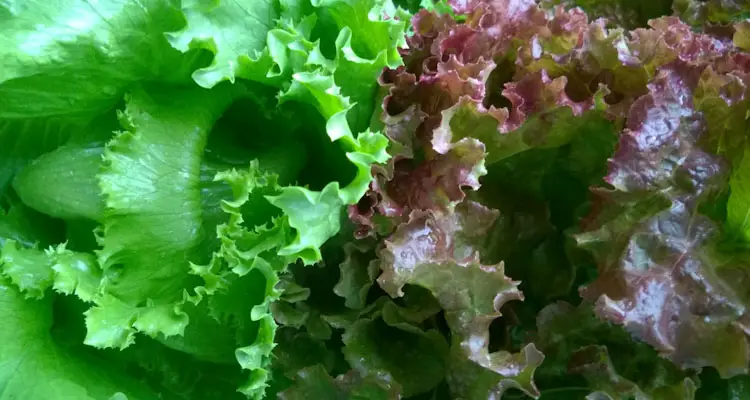
Afterward, select companion plants to interplant with your main crops. These include herbs, flowers, fruit trees, and native trees such as Gliricidia.
These “support plants” will encourage diversity in your garden and help create habitats for beneficial insects, animals, and microorganisms.
However, don’t worry if you cannot get all the plants you want at the same time. You can always add them as the system progresses.
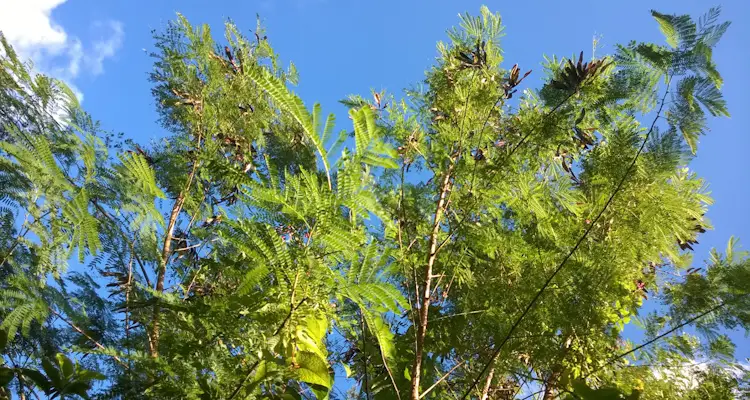
At the end of the day, you want to ensure that you plan and possibly obtain the available planting materials before it’s time for:
5. Planting and Tending Your Garden
Afterward, it’s time to get your plants in the ground. Remember, your aim is to avoid disturbing the soil if possible.
In the original Fukuoka Method, this meant distributing seeds using clay seed balls. But simply poking a hole in the soil, using a stick or dibber, is usually enough for most seeds.
Still, you’ll need slightly larger holes for seedlings and larger planting materials such as banana rhizomes.
Ideally, it would be best to do most of your planting during the rainy time of the year, especially if your farm is in a remote location.
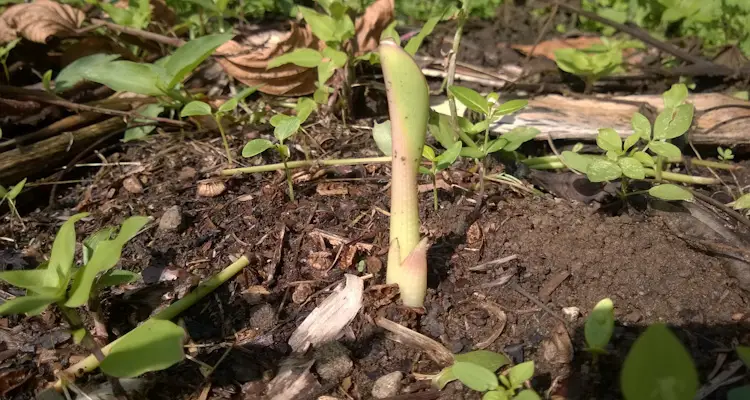
Otherwise, be prepared to install a suitable irrigation system. Remember, plants need water but don’t overdo it.
Don’t worry too much about weeds. There are several ways to manage weeds in natural farming systems, but you’ll be planting between them for the most part.
If you wish to remove them, ensure you reuse them as much as possible to keep the soil covered at all times.
6. Dealing with Pests Naturally
Every farm has its share of pests, but we only notice them when there is a significant imbalance, or our plants are stressed.
In essence, pests are like nature’s little messengers, informing us of the state of the plants and system.
So, the first step in dealing with common garden pests is to identify them. You’ll need to watch out for bugs like aphids, grasshoppers, and caterpillars.
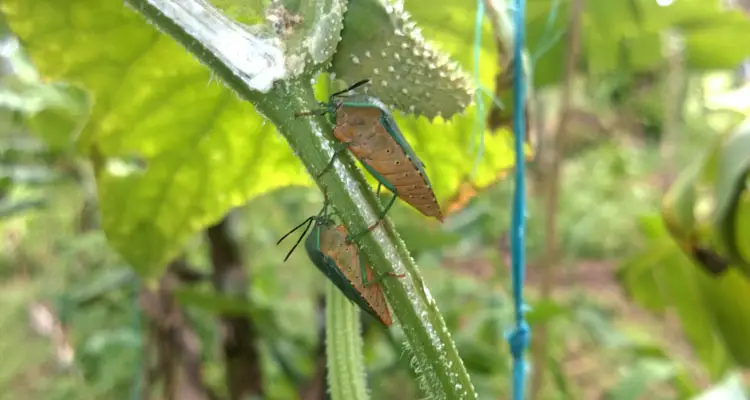
There are many natural methods to control pests, but I’ve found that nature always finds the right balance, eventually.
In the interim, you can encourage predatory insects like ladybirds by creating a suitable habitat for them to thrive.
Or also using natural sprays such as neem oil or other herbal concoctions to either attract and trap or repel insects altogether.
However, I must note that if you remove all pests from an ecosystem, you will not have any food to maintain a beneficial insect population.
7. Harvesting and Enjoying Your Produce
The most rewarding part of farming is enjoying the fruits of your labor. So, you’ll need to keep an eye on your crops.
Ideally, you should note when you plant and the estimated harvest time for short crops. You need to monitor fruits occasionally, especially after they start to flower.
Handle your crops with care while harvesting. Use pruning shears or knives to avoid damage to the produce. Place the harvested crops in suitable containers. Then, clean and store them accordingly.
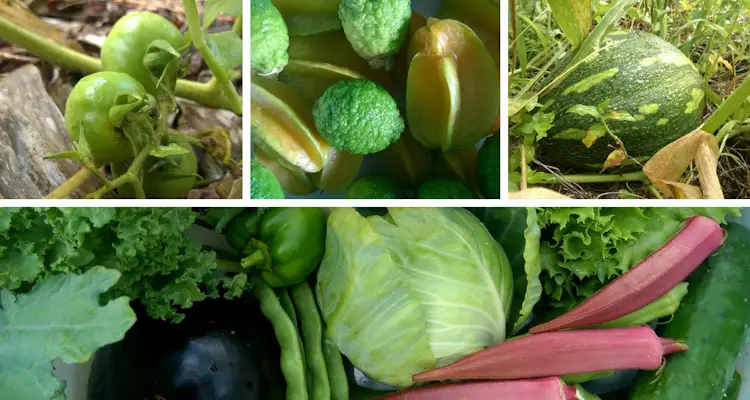
You’ll usually be left with a lot of plant material after harvesting. Do not throw these away.
Remember, farming isn’t a one-time thing. You now have to reuse these scraps as part of:
8. Maintenance and Sustainability
The easiest way to maintain your natural farm is to keep doing what you have been doing until your first harvest.
Your daily routine will include mainly monitoring the plants, watering, and occasionally thinning plants that are overcrowding your primary plants.
You do not need to engage in back-breaking labor every day to keep your garden looking clean. Neither should you worry if it looks like a “jungle” at times.
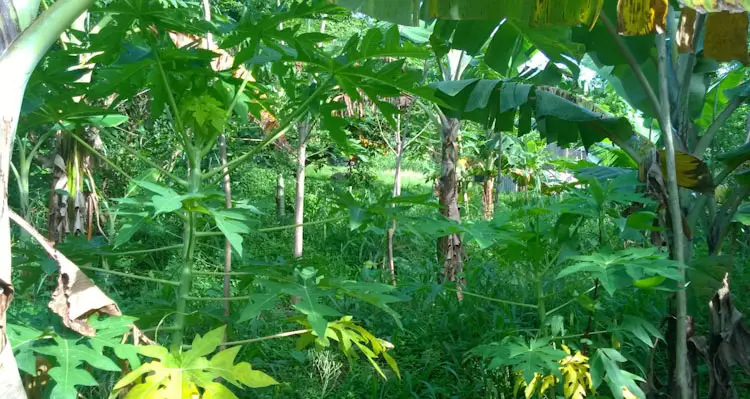
Just keep an eye on your garden and remember that natural farming is ongoing. As you learn and grow, your farm will get even better over time.
Final Thoughts
We’ve reached the end of our guide, but it’s just the beginning of your natural farming journey.
I hope you’ve discovered that starting a natural farm is both eco-friendly and incredibly rewarding.
You don’t need a green thumb, just a passion for fresh, healthy produce, and a willingness to learn from other farmers and nature.
However, this is only the tip of the iceberg. There is so much more to natural farming.
For more in-depth tips and inspiration, visit our Natural Farming Page. You’ll find a wealth of resources to kickstart your natural farming journey there. Happy farming!
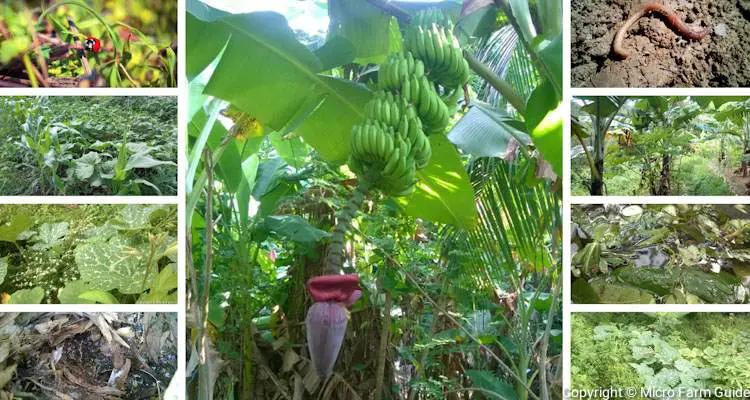
Related Questions
1. How do you prepare a farm?
To prepare a farm, you’ll need to clear the land, test the soil, build the necessary infrastructure, and prepare the planting area based on your chosen farming method.
2. What is the easiest thing to farm?
Herbs and leafy vegetables, such as lettuce, are some of the easiest things to farm. They only need a little space and do not require much special care, making them great for beginners.
3. What are the most common things to farm?
The most common things to farm are herbs, fruits, vegetables, grains, and animals like cows, goats, chickens, and pigs. These provide food for people around the world and usually work well together in one farming system.
References
AskUSDA. How do I fund or start a small, sustainable, organic, or alternative-type farm? ask.usda.gov. Accesses September 2023
FAO. Training Manual For Organic Agriculture. (PDF) Accessed September 2023
